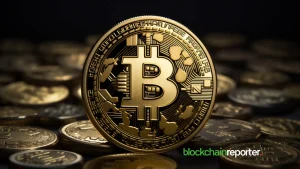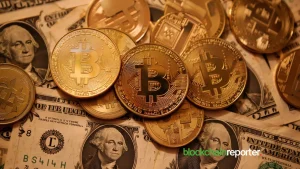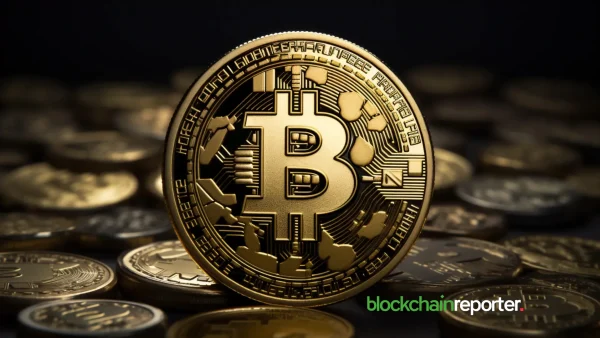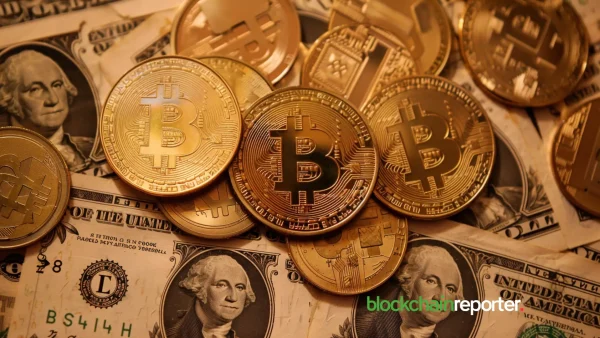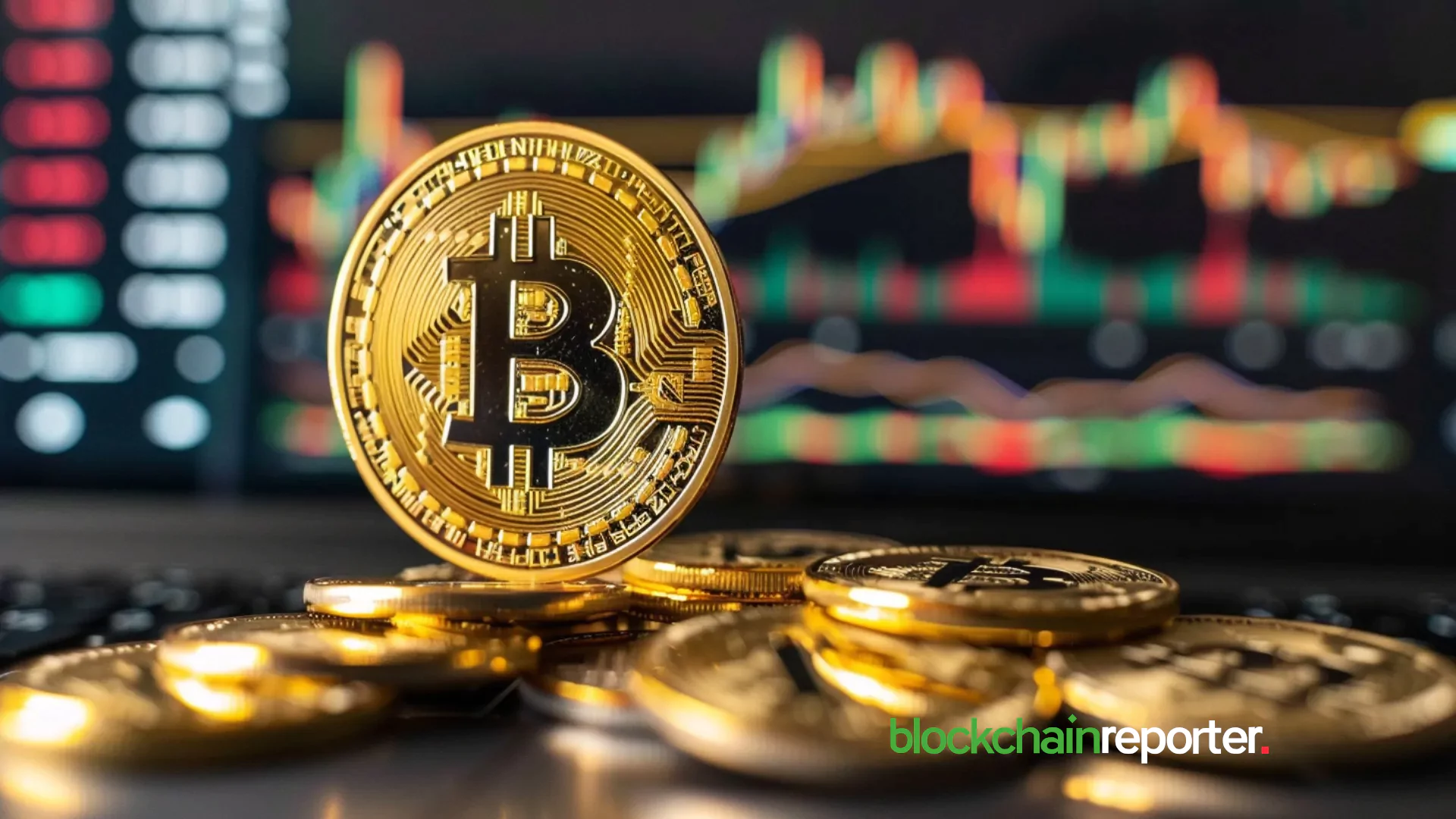
By Thursday afternoon, Bitcoin (BTC) was trading just above $115,000, a modest gain from earlier in the week but still shy of the highs that sent bulls into a frenzy back in mid-July. On-chain analytics firm Glassnode captured the mood perfectly in a recent tweet: “BTC is struggling to reclaim the cost basis of short-term top buyers (~$116.9K). Remaining below this level raises the probability of extended consolidation or further correction toward the lower $110K region.”
What does that mean for everyday traders? Essentially, the folks who jumped in near July’s peak are still nursing losses, and until Bitcoin can convincingly push past $116,900, many of them may start to bow out. That could sap momentum, keeping the BTC price stuck in its current trading band somewhere between roughly $114,000 and $116,000.
$116,900 is the ceiling, and this is where all those July buyers are hoping to get back to break even. A clean break would likely trigger fresh buying, possibly igniting another sprint toward the $120K zone. The floor is around $110,000. Back in April, this area saw heavy volume as Bitcoin chopped around its previous all-time high. If sellers overwhelm the current support at $114K, the nearest place for big buy orders is down near $110K.
ETF Flows Offer a Silver Lining
After a short stretch of outflows from U.S. spot Bitcoin ETFs, institutions got back in the game on Wednesday, pouring in about $91 million. That doesn’t guarantee a bull run, especially if short-term holders turn cautious again, but it does suggest that big money still has faith in Bitcoin’s long-term story. If perpetual futures funding rates stay muted, it tells us traders aren’t eager to stack on more leveraged longs, another subtle warning sign.
On the flip side, if funding jumps back into positive territory, it could light a fuse under prices. Bottom line: we’re at a crossroads. Clear $116,900 and we could see Bitcoin roar back toward new highs. Failing to hold $114,000, and another dip toward $110,000 becomes increasingly likely. For now, it’s a waiting game, one where every tick closer to those key levels brings fresh trading decisions and, potentially, a renewed burst of volatility.


